The world of textiles is on the brink of a revolution, and at the heart of this transformation lies an unexpected marvel: spider silk. For centuries, humans have relied on materials like cotton, wool, and synthetic fibers to clothe themselves and create functional fabrics. Yet, spider silk—a material spun by creatures often feared or overlooked—holds properties that could redefine the future of fabric production. Unlike traditional materials, spider silk combines unparalleled strength with remarkable elasticity, making it a subject of intense scientific and industrial interest.
Spider silk is not a single material but a family of proteins, each tailored for specific functions. Dragline silk, for instance, is used by spiders to construct the framework of their webs and as a safety line when they fall. This type of silk is particularly prized for its tensile strength, which surpasses that of steel on a weight-for-weight basis. Meanwhile, capture silk, coated with sticky droplets, is designed to absorb the kinetic energy of flying insects, preventing them from escaping. These diverse properties hint at the vast potential of spider silk for applications ranging from medical sutures to bulletproof vests.
Despite its promise, harvesting spider silk on an industrial scale has long been a challenge. Spiders are territorial and cannibalistic, making farming them impractical. Early attempts to collect silk directly from spiders yielded minuscule quantities—it took over a million golden orb-weaver spiders to produce enough silk for a single, shimmering cape displayed at the Victoria and Albert Museum in 2011. This labor-intensive process highlighted the need for alternative methods to produce spider silk sustainably.
In recent years, biotechnology has offered a solution. Scientists have successfully inserted spider silk genes into other organisms, such as bacteria, yeast, and even goats, enabling the production of silk proteins through fermentation. One pioneering company, Bolt Threads, has developed a synthetic spider silk called Microsilk, brewed using genetically modified yeast. The yeast produces silk proteins, which are then extracted, purified, and spun into fibers. This method not only bypasses the need for spiders but also allows for scalable production, bringing spider silk closer to commercial viability.
The applications of spider silk extend far beyond fashion. In the medical field, its biocompatibility and strength make it ideal for sutures, artificial ligaments, and even nerve repair. Researchers are exploring its use in creating scaffolds for tissue engineering, where its ability to degrade naturally in the body could reduce the need for additional surgeries. Meanwhile, the military and aerospace industries are investigating spider silk for lightweight, high-strength materials that could be used in body armor or parachutes. Its potential seems limited only by our imagination and technological capabilities.
However, challenges remain. While synthetic production methods have advanced, replicating the exact properties of natural spider silk has proven difficult. Natural silk undergoes a complex spinning process inside the spider’s body, involving precise control of pH and water content. Mimicking this process in a lab setting is no small feat, and current synthetic silks often fall short of their natural counterparts in terms of strength and elasticity. Researchers continue to refine these methods, but the gap between nature’s design and human engineering persists.
Another hurdle is cost. Producing spider silk through biotechnology is still expensive compared to conventional textiles. Scaling up production to meet industrial demands while keeping costs competitive will be critical for widespread adoption. Companies like Bolt Threads and Kraig Biocraft Laboratories are working to address these issues, but it may take years before spider silk becomes a common sight in stores.
Public perception also plays a role. While spider silk is celebrated for its potential, some consumers may hesitate to embrace clothing or medical devices derived from genetically modified organisms. Educating the public about the benefits and safety of these innovations will be essential to overcoming resistance and fostering acceptance.
Despite these obstacles, the future of spider silk textiles looks promising. As biotechnology advances and production methods improve, we may soon see a world where spider silk is as commonplace as cotton or polyester. Its unique combination of strength, flexibility, and sustainability could make it a cornerstone of the next generation of materials, transforming industries and improving lives in ways we are only beginning to imagine.
In the end, spider silk represents more than just a scientific curiosity or a niche material. It embodies the potential of biomimicry—the practice of learning from and emulating nature’s solutions to human challenges. From the humble spider’s web to the cutting-edge labs of today, the journey of spider silk is a testament to human ingenuity and the endless possibilities that arise when we look to the natural world for inspiration.

By Grace Cox/Apr 27, 2025

By Noah Bell/Apr 27, 2025
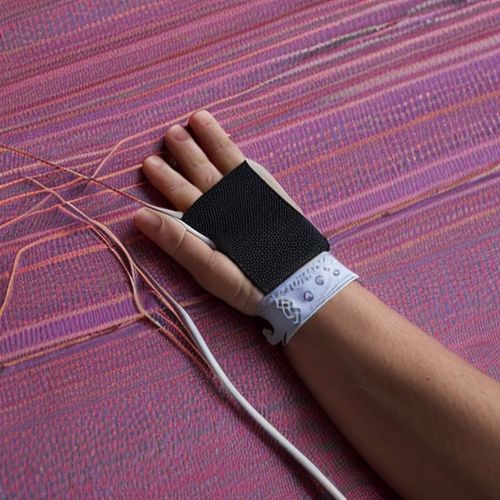
By James Moore/Apr 27, 2025
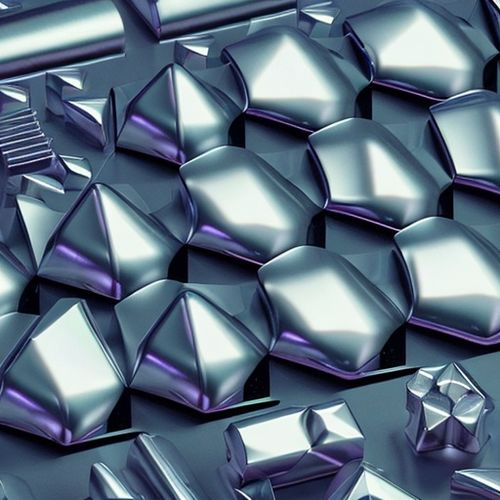
By James Moore/Apr 27, 2025

By Thomas Roberts/Apr 27, 2025
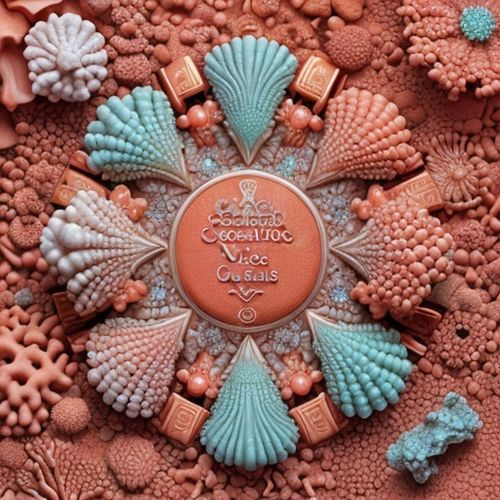
By Grace Cox/Apr 27, 2025
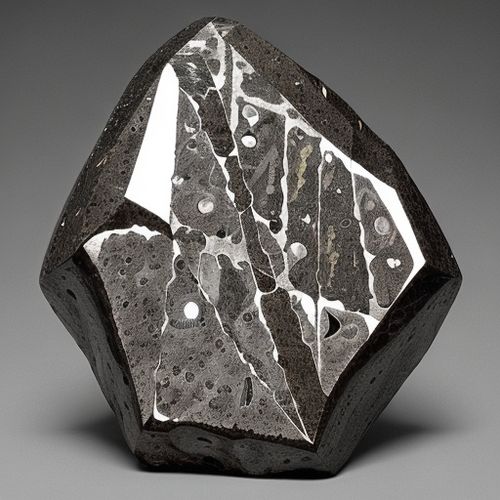
By Joshua Howard/Apr 27, 2025
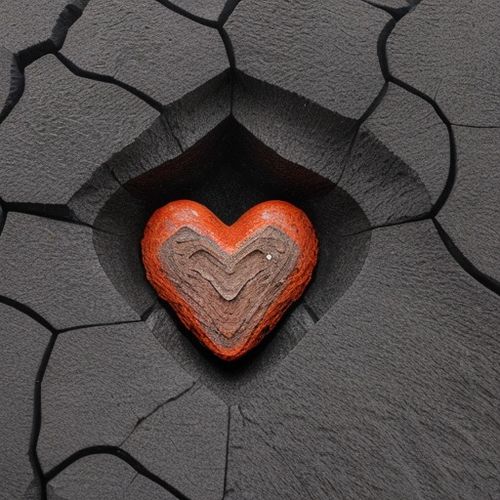
By George Bailey/Apr 27, 2025

By Olivia Reed/Apr 27, 2025
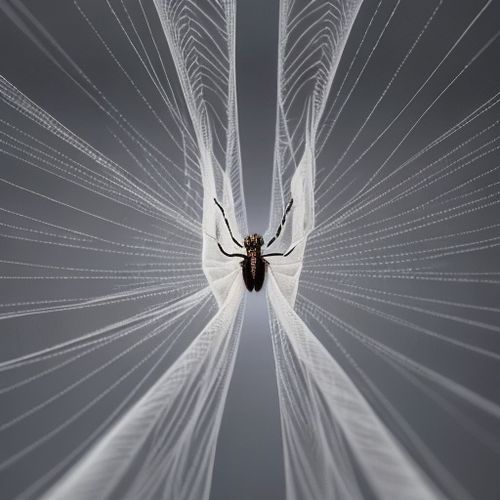
By Sarah Davis/Apr 27, 2025
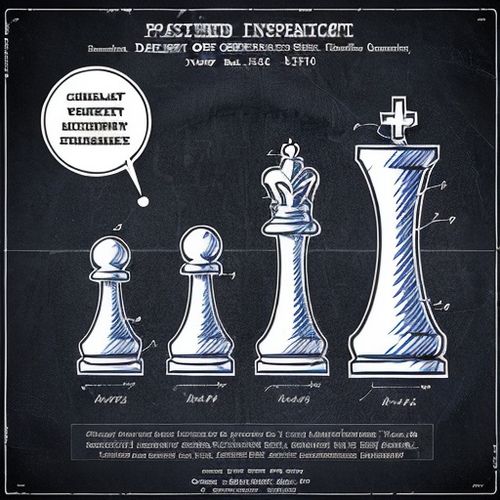
By Olivia Reed/Apr 27, 2025

By Elizabeth Taylor/Apr 27, 2025
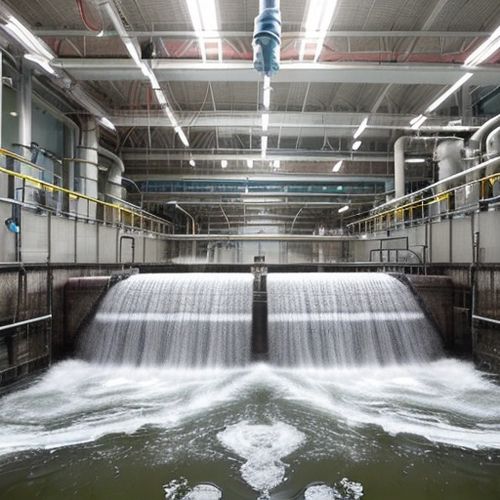
By Joshua Howard/Apr 27, 2025

By Victoria Gonzalez/Apr 27, 2025
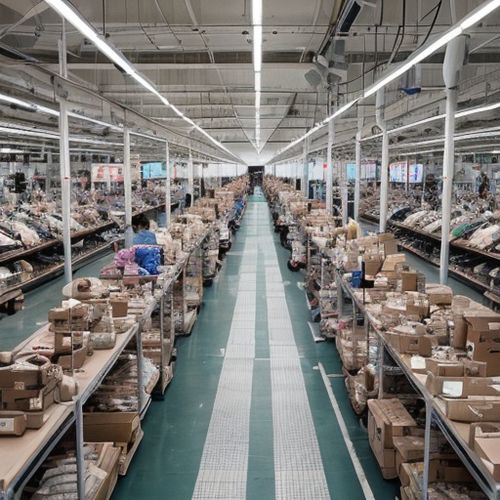
By Michael Brown/Apr 27, 2025

By Olivia Reed/Apr 27, 2025

By Grace Cox/Apr 27, 2025
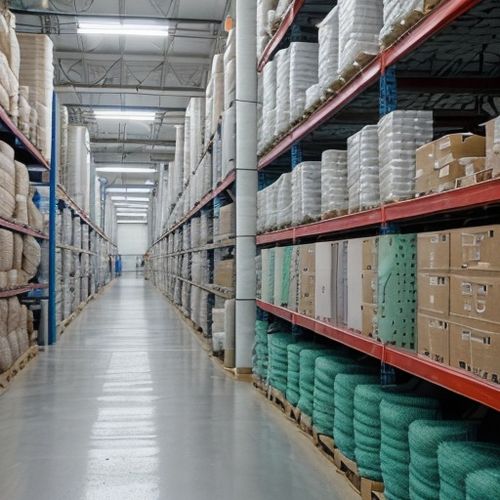
By Amanda Phillips/Apr 27, 2025

By Lily Simpson/Apr 27, 2025
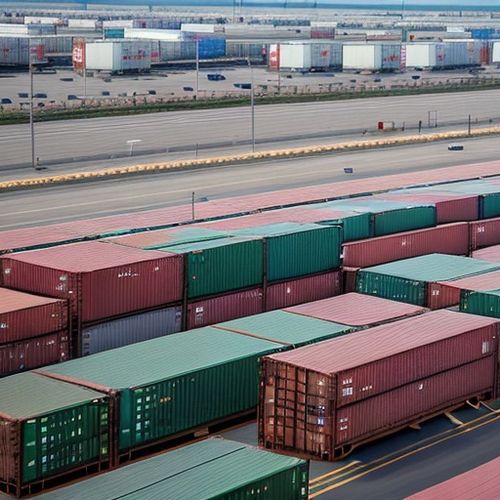
By Elizabeth Taylor/Apr 27, 2025